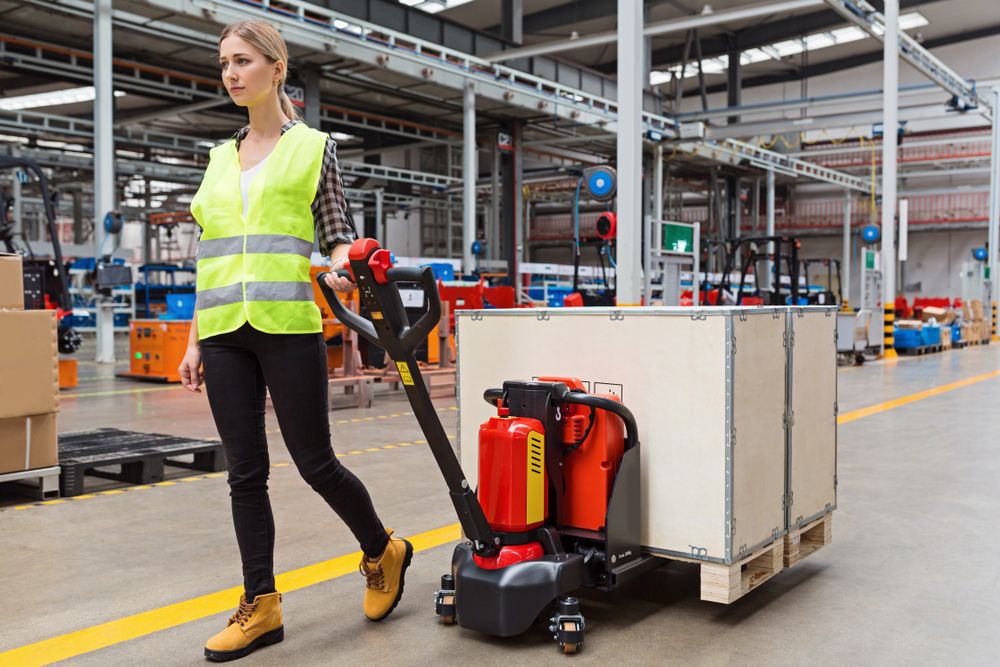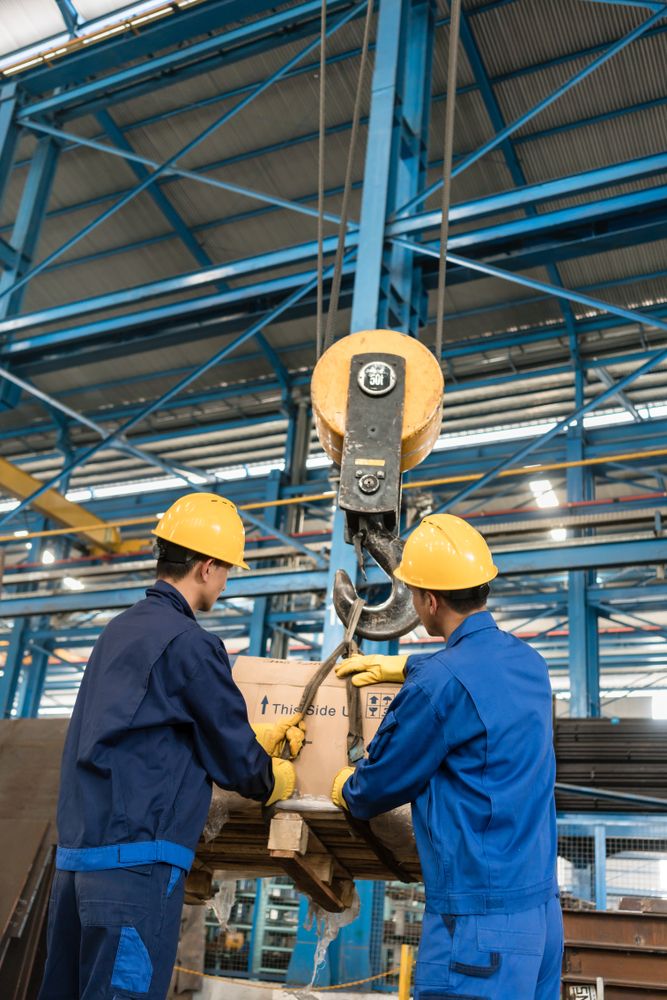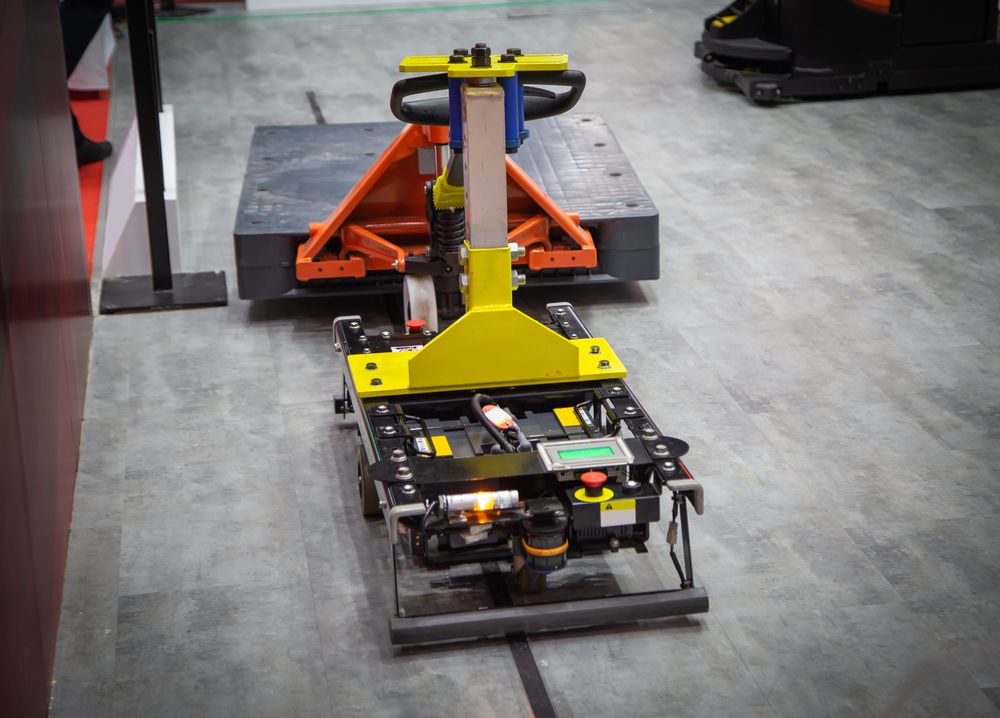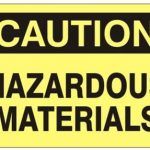
5 Workplace Safety Tips for Material Handling

Material handling in worksites has its fair share of risks, particularly when manually done.
Lifting heavy loads, pushing for long periods, and more could pose a safety risk for employees.
It is important to avert accidents linked to material handling in Ontario worksites. Take cues from the material handling safety tips in this article, and if you need professional help, Advanced Consulting & Training is always a call/email away.
Safety Tips for Effective Material Handling in Worksites
1. Provision of Personal Protective Equipment (PPE)
 Risk minimization is a constant headache for several employers in industries like mining, construction, and manufacturing.
Risk minimization is a constant headache for several employers in industries like mining, construction, and manufacturing.
Providing employees with the right personal protective equipment is an effective way to mitigate and eliminate material handling risks.
Employers should provide workers protective equipment to move material manually. Most common PPE needed to move material manually are:
- gloves
- eye protection gear
- safety boots
- metatarsal guards
- HAZMAT suits
Besides providing such gear for workers to handle materials safely, adequate training needs to be provided.

With such equipment and training available, employers can help assure enhanced safety for their employees and manage better material handling. ACT has a wealth of experience in providing extensive training for employees to use PPE for safe material handling.
2. Vibration and Noise-reduction across Worksites
Outdoor worksites, manufacturing plants, mining sites, and other worksites are common locations filled with harsh sounds and vibrations.
Noise from vibrations can lead to muscular and skeletal problems among workers, triggering fatigue in the process.
Employers need to mitigate the risks of muscular and skeletal disorders among employees by vibration-reduction materials. Using tools that minimize noise and dampen shocks reduces the chances of worker fatigue.
3. Prompt, Remedial Response to Employee Fatigue
Fatigue build-up in employees could be a catalyst for injuries to occur when handling materials.
It is essential for employers to provide a reporting system for employees to register any signs of fatigue.
4. Equipment Upgrades
Upgrading your material handling equipment reduces the need for manual contact with potentially harmful loads.
Engaging machines to do a person’s job reduces the chances of injury and enhances productivity.
5. Using Proper Equipment
Workers should not engage manual material handling when a machine can lift loads in time and safely.
In the same vein, it is not advisable to use the wrong equipment for lifting materials in your workplace.
Ensure your staff uses only the right equipment in lifting loads at all times. Proper training is the only way to make sure your staff maximize material handling and avert injuries/fatalities.
 Advanced Consulting & Training – Top Professional Safety Solutions Provider for Ontario Businesses
Advanced Consulting & Training – Top Professional Safety Solutions Provider for Ontario Businesses
Advanced Consulting & Training is a trusted name in Ontario’s workplace safety consulting industry.
We provide professional workplace safety solutions to businesses across Ontario, from Ottawa to Toronto, Thunder Bay to Kingston and all over the province. Our expert team will make sure your staff has proper training on material handling and other safety protocols.
Contact us today, and boost the safe handling of materials in your workplace.




